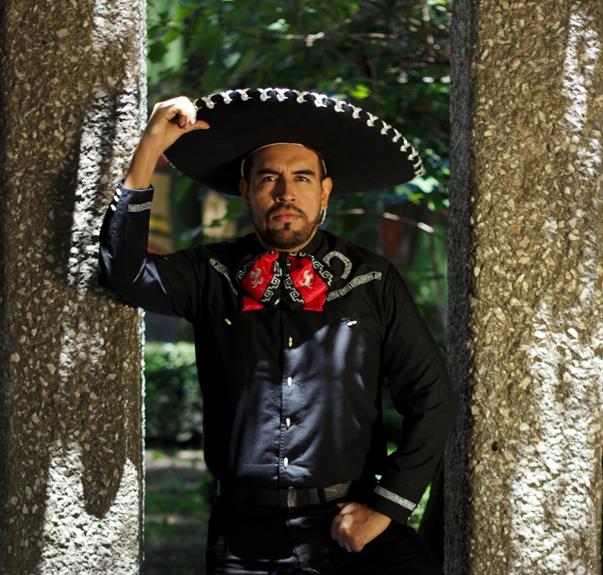
As a lover of culture and vibrant celebrations, I can't help but be captivated by Spain's religious festivals. From the solemn processions of Semana Santa to the exhilarating Running of the Bulls in San Fermín, these events bring together tradition, faith, and a sense of community like no other. La Tomatina, where tomatoes fly through the air, and the fiery spectacle of Las Fallas only add to the excitement. Join me as we explore Spain's rich tapestry of religious festivals and immerse ourselves in its colorful traditions.
Key Takeaways
Table of Contents
- Semana Santa processions showcase reverence, anticipation, and religious rituals with ornate floats and penitents in distinctive robes.
- La Tomatina is a joyous festival symbolizing freedom and unity through a massive tomato fight, fostering a sense of community.
- Feria De Abril in Seville exhibits the cultural heritage and traditions of Seville with vibrant Flamenco dancing and captivating traditional attire.
- San Fermín's controversial running of the bulls is a symbol of Spanish culture and tradition, with safety measures implemented for participants and animals.
Semana Santa: The Holy Week Processions
During Semana Santa, I eagerly join the bustling streets of Spain as the Holy Week processions fill the air with a sense of reverence and anticipation. These processions, steeped in symbolic rituals and religious significance, are a central part of Spain's cultural heritage. As I watch the ornate floats carrying depictions of biblical scenes pass by, I am reminded of the solemnity of the occasion. The rhythmic beating of drums and the haunting melodies of the brass bands create an atmosphere that is both somber and awe-inspiring. Each procession is led by penitents wearing distinctive robes and pointed hoods, a tradition that dates back centuries. The processions not only serve as a way to express devotion, but also as a reminder of the sacrifice and redemption central to the Christian faith.
La Tomatina: The Tomato-Throwing Festival
As an observer immersed in Spain's vibrant cultural celebrations, I eagerly transition from the solemnity of the Holy Week processions to the lively and unconventional event known as La Tomatina: The Tomato-Throwing Festival. La Tomatina takes place on the last Wednesday of August in the town of Buñol, near Valencia. This unique festival involves thousands of participants engaging in a massive tomato fight, where tons of ripe tomatoes are thrown at each other in the streets. The tomato throwing traditions date back to 1945 and have become a symbol of joy, freedom, and unity for the Spanish people. Beyond the fun and messy aspect, La Tomatina holds a cultural significance as it brings people together, fosters a sense of community, and showcases Spain's enthusiasm for celebrating life in unconventional ways. It is a testament to the Spanish spirit and their ability to embrace festivities that are full of spontaneity and excitement.
Feria De Abril: the April Fair in Seville
After experiencing the energetic and unorthodox La Tomatina festival, I shifted my focus to another captivating event in Spain's religious festival calendar: the Feria De Abril, a lively celebration that takes place in Seville every April. The Feria De Abril is a grand showcase of Seville's rich cultural heritage and traditions. One of the highlights of the event is the traditional attire worn by the locals. Men don elegant suits known as trajes cortos, while women don beautiful flamenco dresses, complete with colorful frills and intricate embroidery. The fair is also known for its vibrant Flamenco dancing, a passionate and expressive form of art that has deep roots in Andalusian culture. As I immersed myself in the lively atmosphere of the Feria De Abril, I couldn't help but be captivated by the beauty and energy of Seville's traditional attire and the mesmerizing rhythms of Flamenco dancing.
San Fermín: The Running of the Bulls
I experienced the exhilarating adrenaline rush of participating in the iconic event known as the Running of the Bulls during the San Fermín festival in Spain. The bull-themed adrenaline was palpable as I joined thousands of thrill-seekers racing through the narrow streets of Pamplona. It was a heart-pounding experience that I will never forget. However, amidst the excitement, controversy surrounds this tradition. Critics argue that the event is cruel and dangerous for both humans and animals alike. To address these concerns, safety measures have been implemented, including the installation of barricades and increased medical assistance. Despite the controversy, the Running of the Bulls remains a symbol of Spanish culture and continues to attract both locals and tourists who are captivated by the thrill and tradition of this age-old event.
Las Fallas: The Festival of Fire
During my visit to Spain, I was captivated by the vibrant and fiery celebrations of Las Fallas, a festival known for its spectacular displays of pyrotechnics and artistic sculptures. Las Fallas takes place in Valencia every March, and it is a feast for the senses. The streets are filled with enormous sculptures made of wood, plaster, and papier-mâché, known as fallas. These sculptures depict satirical scenes and famous figures, and they are meticulously crafted by local artists. However, the highlight of the festival is the nightly fire displays. At the stroke of midnight, the fallas are set ablaze, transforming into towering infernos of flames. The combination of the intricate fire sculptures and the dazzling pyrotechnic displays creates a truly mesmerizing experience for all who witness it.
Frequently Asked Questions
What Is the History Behind Semana Santa and How Did It Become Such an Important Religious Festival in Spain?
Semana Santa has a rich history in Spain, and it has become an important religious festival. The significance lies in its commemoration of the passion, death, and resurrection of Jesus Christ, bringing people together in faith and celebration.
Are There Any Safety Precautions in Place During La Tomatina to Ensure the Well-Being of Participants?
Yes, there are safety measures in place during La Tomatina to ensure participant well-being. These measures include medical staff, barriers to control the crowd, and guidelines for safe participation in the tomato-throwing festival.
How Long Does the Feria De Abril Last and What Are the Main Activities That Take Place During the Fair?
Feria de Abril lasts for a week and features various activities such as flamenco dancing, horse parades, and traditional food. It holds cultural significance as it celebrates the rich heritage and traditions of Andalusia.
What Are the Origins of the San Fermín Festival and Why Is the Running of the Bulls Such a Prominent Part of It?
The origins of the San Fermín Festival date back to the 16th century. The Running of the Bulls is a prominent part of the festival, symbolizing bravery and the thrill of facing danger.
Can You Provide Some Information About the Traditional Customs and Rituals Associated With Las Fallas, and How They Have Evolved Over Time?
Las Fallas customs have evolved over time, with modern day rituals taking center stage. It's fascinating to see how this festival has transformed and adapted to the changing times, while still honoring its rich traditions.




Leave a Reply
You must be logged in to post a comment.